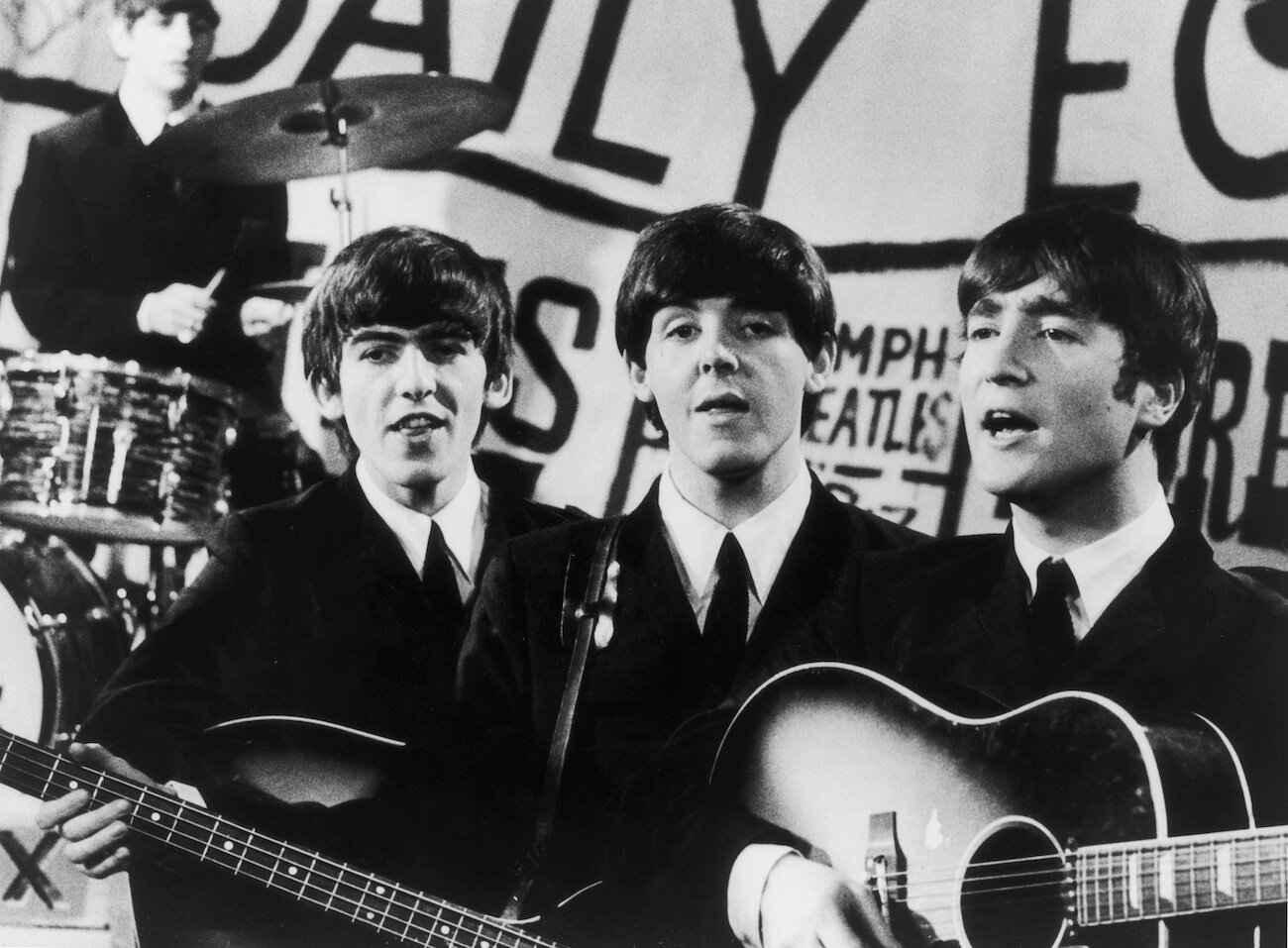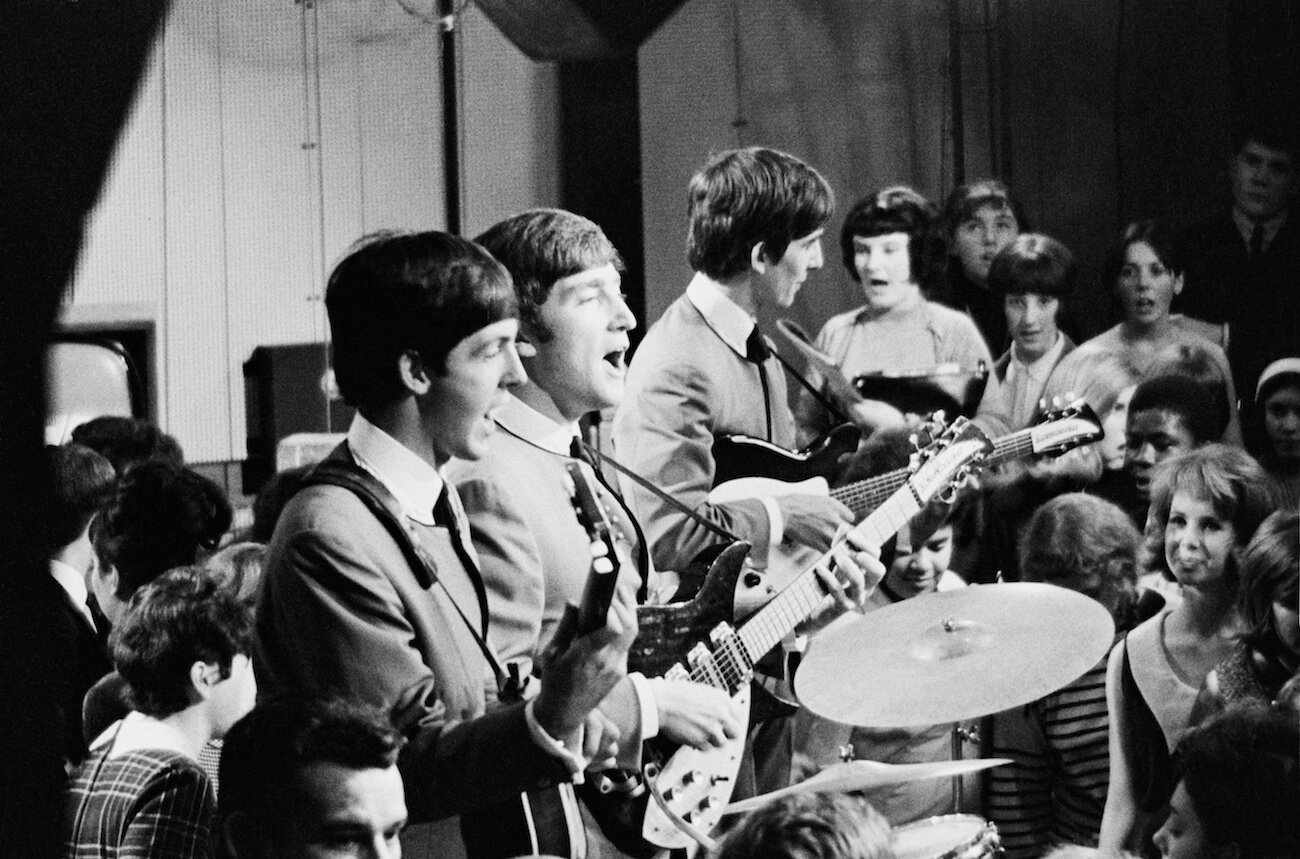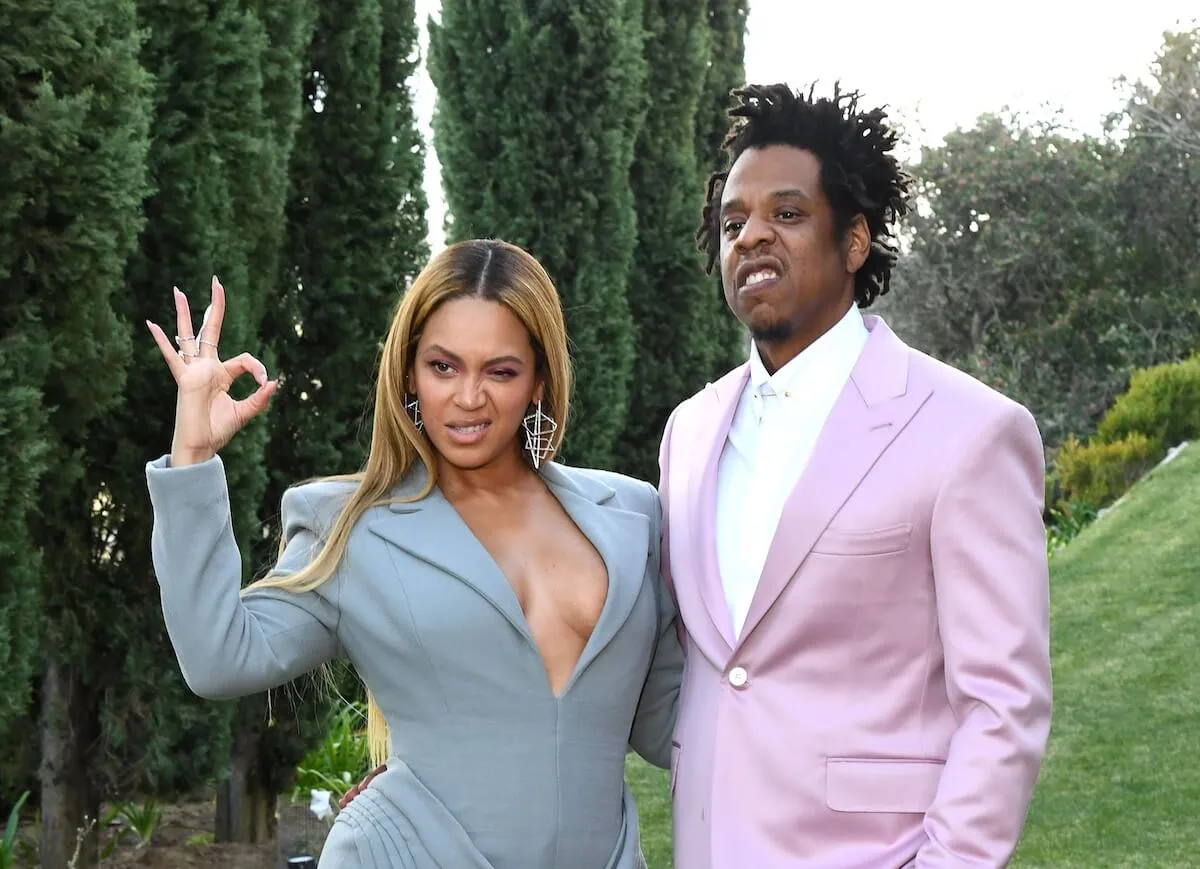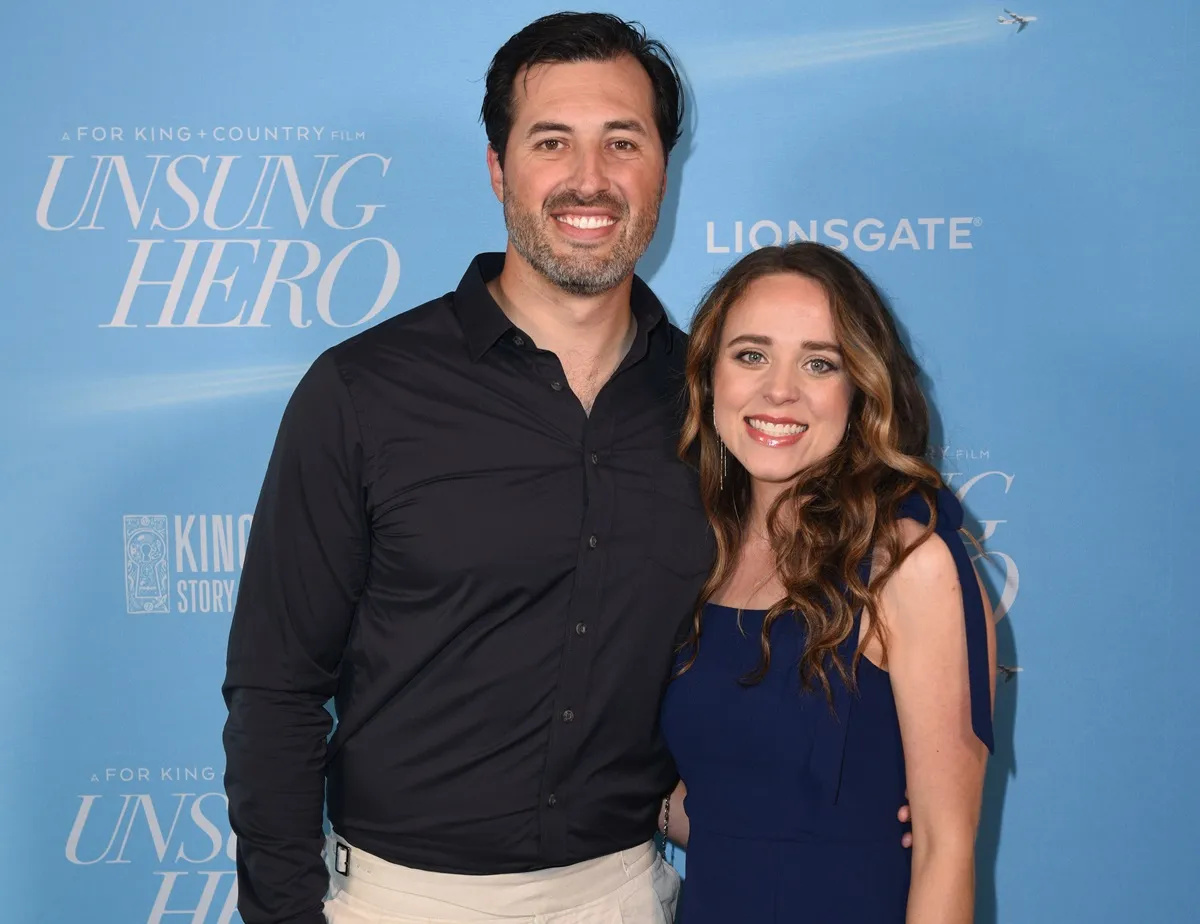
Shakespeare’s Sonnet 18 and an Irish Song Tradition Inspired Paul McCartney on ‘I Saw Her Standing There’
Shakespeare’s Sonnet 18 and an Irish song tradition inspired Paul McCartney on The Beatles‘ “I Saw Her Standing There.” Paul used many of his literary and musical favorites in his songs.

Paul McCartney said ‘I Saw Her Standing There’ had rough beginnings
In The Lyrics: 1956 to the Present, Paul wrote that he loves The Beatles’ “I Saw Her Standing” and considers it one of the best songs he’s ever written. However, it had challenging beginnings. Paul played the song for John Lennon as they smoked tea in Paul’s father’s pipe.
There was an issue with one of the lyrics. Paul wrote, “I said, ‘She was just seventeen. She’d never been a beauty queen.’ And John said, ‘I’m not sure about that.’ So our main task was to get rid of the beauty queen. We struggled with it, but then it came.”
Paul wrote that he and John always finished their songs and never had a dry songwriting session, although they came close once. They would have never left “I Saw Her Standing There” without fixing and finishing it.
Paul said Shakespeare’s Sonnet 18 and an Irish song tradition helped him write ‘I Saw Her Standing There’
In The Lyrics, Paul wrote that he and John Lennon had heard all kinds of stuff as children that later inspired their songs.
“I was loaded with all the tunes I’d heard,” Paul wrote. “Hoagy Carmichael’s writing, Harold Arlen’s writing, George Gershwin’s writing, Johnny Mercer. I’d heard all this stuff growing up. I hadn’t written anything much myself, but it had all gone in.”
Then, Paul’s English teacher, Alan Durband, showed him his literary favorites. Durband also taught Paul about the rhyming couplet at the end of a Shakespeare sonnet.
Paul doesn’t know where “beyond compare” came from, but it might have come from Shakespeare’s Sonnet 18: “Shall I compare thee to a summer’s day?” He may even have “been conscious, as a child, of the Irish song tradition – of a woman being described as ‘beyond compare.'”
Meanwhile, the rhythm “echoes” Stanley Holloway’s version of “The Lion and Albert, a comic poem by Marriott Edgar. They have a similar meter.
However, and whatever inspired “I Saw Her Standing There,” Paul thinks it’s not what you’d expect in rock ‘n’ roll. “I don’t know where I dredged it from, but in the great trawling net of my youth, it just got caught up like a dolphin,” Paul wrote.
Paul had many literary influences
On top of Shakespeare, who also helped him write “The End,” and old Irish songs, Paul was influences by many things he head as a child. He has a love for old music hall tunes because he father played them.
In terms of literary inspirations, Paul liked Lewis Carroll, Dylan Thomas, Oscar Wilde, Allen Ginsberg, French symbolist writer Alfred Jarry, Eugene O’Neill, and Henrik Ibsen. An old Russian inspired him on Mary Hopkin’s “Those Were the Days.” A 1600s poem inspired Paul on “Golden Slumbers.”
The editor of The Lyrics, Paul Muldoon, wrote in his introduction that Paul’s “capacity for textual analysis” comes from having a curious mind. “A young McCartney would go to the Royal Court theatre in Liverpool and eavesdrop on other people’s conversations to pick up opinions, criticisms and turns of phrase,” Penguin Books wrote.
Paul had a thirst for knowledge and used all of what he learned in his songs.


